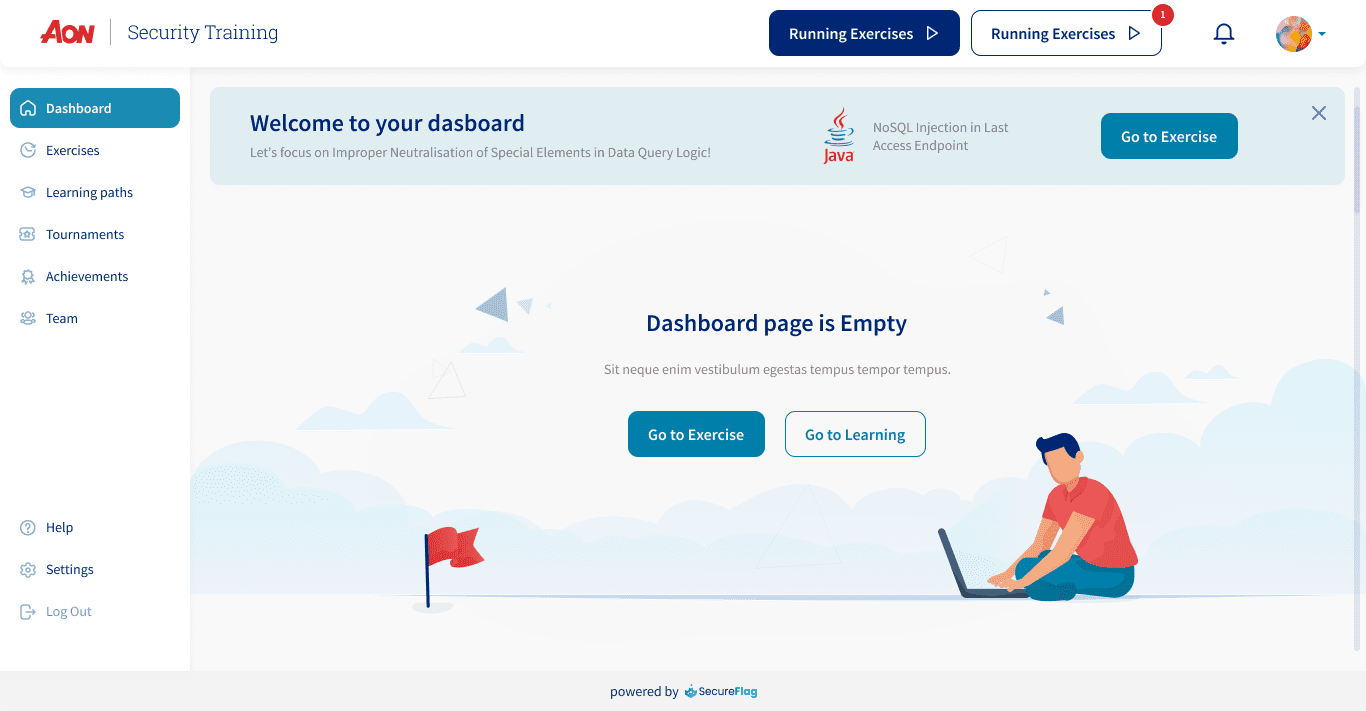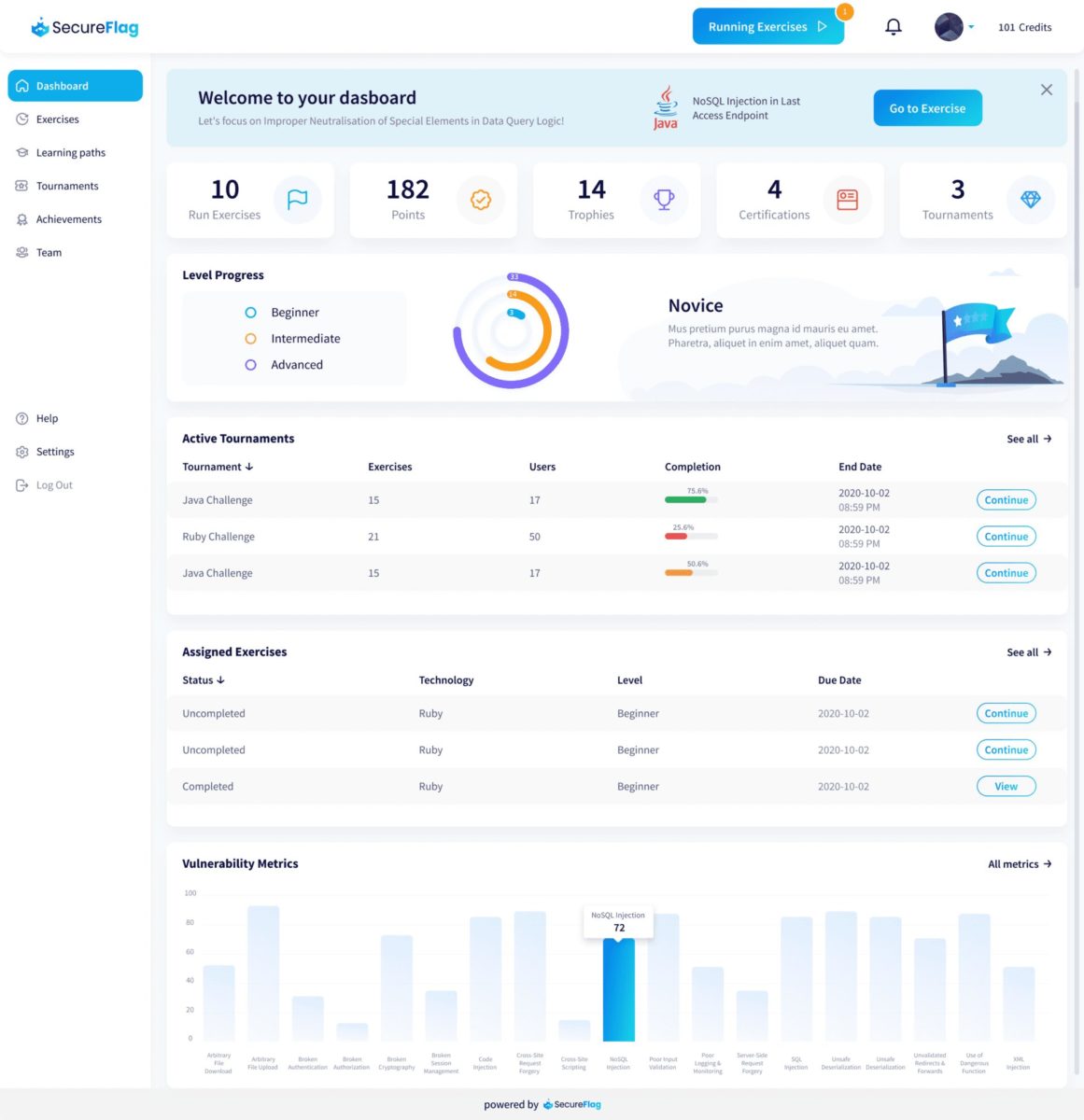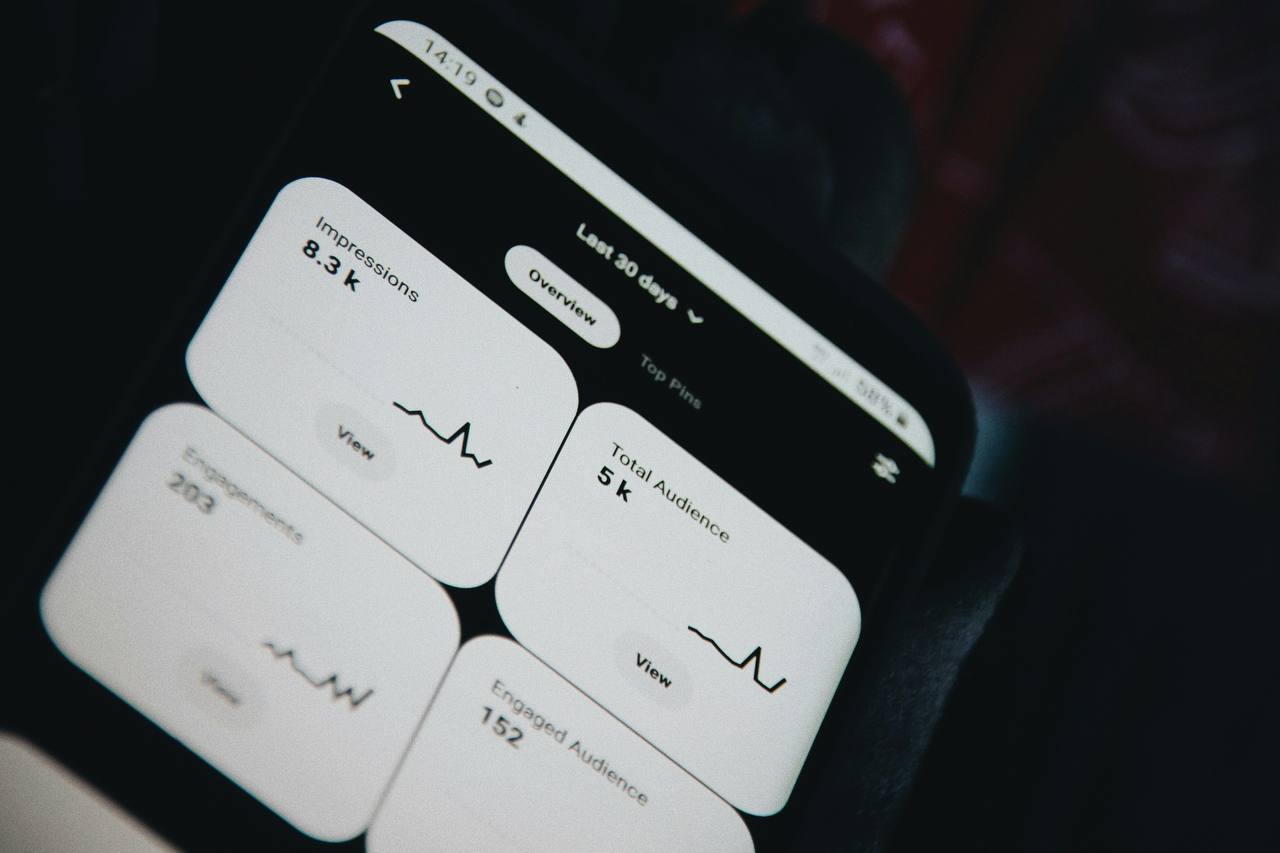What is Outsourced Product Development? [OPD]
Product outsourcing is the implementation of software development projects, their support, testing and maintenance, carried out by a special team allocated by an external service provider. Outsourced product development is rather popular nowadays. Outsourced product development success depends on proper planning, the team working on the project, communication between the outsourcing team and the customer, proper management, etc.
Product Design Outsourcing Trends
According to GlobeNewswire, by 2026, the global IT outsourcing market will be worth $425.19 billion. Deloitte Global Outsourcing Survey showed that IT product outsourcing is one of the industries most affected by outsourcing business processes. 57% of organizations believe outsourcing allows them to focus on their core business activities completely.
The year 2020, with its pandemic, constraints, and distant employment, has brought about changes in the field of product development. Businesses have been forced to move to remote working and rely increasingly on digital technologies as office-based work has become a home office.
According to The State of CEE IT Outsourcing and Offshoring 2021 Report, the main reasons for product design outsourcing are saving time and money, access to skills not available in-house, possibility to innovate, flexibility, and level of organization.
Outsourced Product Development: Main Benefits
Like other types of outsourcing, outsourced product development provides customers of profiled companies with many significant benefits, including:
- access to modern technologies, new resources, and top talents;
- IT process optimization;
- cost reduction;
- clear timing;
- reliable forecasts.
Outsourced Product Development and In-house Team
In-house development, unlike product outsourcing development, allows you to create your own team from the ground up. You’ll be filling jobs based on the talents and expertise required to develop the product.
Choosing in-house development is analogous to employing permanent employees for your business. To establish your own IT staff, you’ll need to go through hiring, interviews, and onboarding.
Here are some pros and cons of hiring an in-house product development team:
Pros
- regular direct communication with a team;
- immediate support;
- in-house team is aligned with your company’s goals and culture.
Cons
- in-house teams are costly;
- high turnover rate;
- team upskilling;
- lack of expertise.
Outsourced product development is entrusting the process of creating a product to a third party. Product outsourcing is often accomplished through a contractual agreement in which the requirements are provided to the outsourcing agency. Google and Slack are two well-known corporations that have outsourced their IT development.
Here are some pros and cons of outsourced product development:
Pros
- large pool of talents;
- no technology constraints;
- better control over cost;
- better expertise.
Cons
- communication barrier;
- trust issues.
To determine which model is most suitable for your project, read our article In-house vs Outsourcing: Detailed Comparison in 2021.
How to make Outsourced Product Development highly profitable?
Sometimes it is not easy for a future client to start cooperation with a new company, especially if this is the first time, or there is already a negative experience in the past. However, based on our experience, we have compiled a list of the main things to pay attention to when outsourcing product development for this process to be successful.
Who is your contractor?
The choice of a product development contractor should be taken very seriously, as the success of your project depends on it. For outsourced product development to become highly profitable for your company, you need to choose a contractor, taking into account the following criteria:
- Contractor’s location. As practice shows, Eastern Europe is one of the best regions for outsourcing. There are a lot of experienced specialists in this region and the price for services is reasonable. Also, the quality of the work is assessed as high. Moreover, working with a contractor from Eastern Europe, you will not face any language or cultural barriers.
- Experience. When choosing a contractor, it is essential to find out about work experience, how many years the team has been working in the industry, how many projects have been successfully completed, what main projects the team has worked on, etc.
- Expertise and skills. It is also necessary to assess the talents and skills of the contractor’s team. Why do you need people who cannot cope with your project? Analyze the team’s portfolio, read reviews from previous clients, learn about the team’s strengths and weaknesses, etc.
What type of work do you need?
The second important point before product outsourcing is determining the type of work you need to do and its amount. If you don’t know what needs to be done, the team you hire will definitely not be able to do what you intend.
Therefore, decide whether you need to create a product from scratch or whether you need to do only a certain part (for example, only UI/UX design). Good preparation is the key to success!
What model of cooperation did you choose?
Next, decide on the model of cooperation according to which you want to work with the contractor during product design outsourcing. Among the most popular models are Time and Materials and Fixed Price.
The Fixed Price model assumes that the budget for the entire project’s development is approved before the start of work and remains unchanged. Also, before starting work, the exact deadline for the project is approved.
The contractor bears the risks for the untimely performance of work. On the one hand, this model may seem convenient for you as a client because you know exactly how much the project will cost you and when you will receive it.
If you dig deeper, you will receive the project on time, but quality and cost are debatable. In order not to earn penalties, the contractor will be interested in delivering the project on time, sometimes even to the detriment of quality. As for the cost of work, Fixed Price performers necessarily include additional costs in the budget to insure themselves against unforeseen situations.
The T&M contract assumes payment upon completion of the work. While collaborating on the Time and Material model during product outsourcing, the company is focused on delivering you with a quality solution in the shortest amount of time possible – this, in turn, ensures future successful collaboration.
The disadvantages of the T&M model include the need for additional communication with the company. However, this can be an advantage – when discussing the details, you always understand at what stage your project is, where it is moving, and you can make improvements or changes right in the course of work.
Outsourced Product Development: RewiSoft Experience
At RewiSoft, we are helping companies from all over the world develop products from scratch, improve existing products and do some of the work in which we have a lot more expertise. In two years, we have completed more than 155 projects for companies from 45 countries.
One of our clients, SecureFlag, an advanced training platform for developers and DevOps engineers, needed a redesign and optimization of their platform.


Secure Flag
They chose us as their outsourcing company. The deadlines for all tasks were pretty short, and we had to save almost everything by changing the visual part of the product.
Our work on this project consisted of 4 main parts:
Discovery
- business & user goals;
- stakeholder & user interviews;
- market research;
- personas;
- CJM.
UX Design
- information architecture;


Secure Flag
- wireframes.


Secure Flag Wireframes
UI Design
- design system;
- UI Design.


Secure Flag UI
User Testing
- clickable design;
- testing on users.
RewiSoft team managed to improve the appearance of the platform, simplify it, and also upgrade. Thus, the platform has become better and more user-friendly. After creating the design, developers worked on the platform and turned the design into a full-fledged product. For this project, we have done everything except the backend part of the platform.
Another client, ProFlourish, a job search platform, came to us only with the idea. According to all customer’s requirements, first of all, we built a sitemap to see how the platform’s structure would look like and understand what list of features we should add.


ProFlourish
Then we created wireframes to understand what we needed on the platform and what we should remove from there. After all details, we were creating design and responsive design.
Now the project is in the last stage of development. So, for ProFlourish, we made a full cycle of platform development.
More about the projects we worked on you can read here
A Complete Guide to Outsourced Product Development
We have already said that good preparation is needed for the successful product design outsourcing process. We have prepared a guide that will help you understand the main stages of this process and find a reliable contractor.
Outsourced Product Development: Analyze your problems and requests
The first step you need to take to successful product design outsourcing is to analyze your problems and requests. Without a clearly formulated request and an understanding of what you specifically need from the contractor’s team, nothing will come of it. Make a list of things you need to be done, define your budget, set approximate deadlines for completing the task, etc.
Outsourced Product Development: Choose a Model of cooperation
Next, choose a cooperation model that suits your project. We have already described the most popular cooperation models. Now let’s look at what projects each of the models is suitable for.
The Fixed Price model is most often used for small projects with strictly limited functionality, which will definitely not be changed or supplemented.
Key features of the Fixed Price model:
- fixed budget;
- fixed scope of work;
- fixed timelines;
- inability to make changes or additions after signing the contract;
- higher development rates;
- possible tradeoffs regarding product quality.
Key features of the Time & Material model:
- it is a flexible payment model that is perfectly compatible with the principles of Agile;
- the ability to quickly start development – unlike Fixed Price, collaborating on T&M can get started literally right away;
- transparent hourly developer rates allow the customer to control tasks, deadlines, and budget;
- the ability to see the result of work at each stage;
- you get a solution that meets your expectations.
Outsourced Product Development: Select Agency or Freelancer
First, you need to think about who exactly you need. Perhaps you need one person for a small project or a whole team for a large and complex one. Much depends on this. We recommend you read our article Design Cycle: How It Works in Real Project? and decide which processes you need specialists for.
Many business owners at the stage of searching and choosing an agency or freelancer for outsourced product development face a lack of understanding of where exactly to look for contractors. Here are some of the most popular places where you can find a good and reliable contractor:
Social networks
On social networks such as LinkedIn, you can find agencies or freelancers with whom you can get pretty fruitful cooperation. On social networks, you can find examples of projects the team worked on and previous clients’ feedback, check teams ratings, etc.
Friends and partners
You can consult with your friends, colleagues, or partners and ask if they have experience working with a good agency or freelancer.
Profile ranking sites
On sites like Clutch.co, you can find many product development agencies, evaluate their portfolios, compare ratings, read reviews, etc.
RewiSoft team has broad expertise in product design and web development. Therefore, if you need help with some particular processes or a whole project, we will be happy to help you. Don’t hesitate to contact us.
Outsourced Product Development: Write Design & Software Specification
A design & software specification is a written document that explains your product and specifies what you want it to perform as well as how the user should interact with it.
This document is essential in the product design outsourcing process. While it may seem laborious to write everything down, it is the most crucial thing you can do in the early stages of product design and development. This is because the design specs direct the whole scope of your product development.
Usually, the design and software requirements (specifications) document includes the following things:
- Full project overview;
- Main needs and goals;
- Target audience;
- Functional requirements and desired set of features;
- Aesthetic aspects;
- Non-functional details;
- Recommendation and prohibitions;
- Questions.
More about how to write the design specification, you can read in our article How To Write The Design Specification? [Quick Guide]
Outsourced Product Development: Start your Hiring process
When all the preparatory steps have been passed, you can begin the hiring process. It would be best if you didn’t choose the first contractor you like. We recommend that you compile a list of 10-15 contractors suitable for your project and analyze them according to the criteria that we described earlier. This way you can find the very best one.
Outsourced Product Development: Check your Contractor
Before hiring an outsourcing team for your project, do not forget to check reviews, portfolio, experience, etc. After you have selected the contractor that suits you, check and monitor him occasionally. Try to organize weekly meetings where you will discuss the progress of the project and possible problems.
Also, set specific deadlines to keep the product development process more organized. Check regularly for changes in the product or certain processes.
Outsourced Product Development: Common Mistakes
Companies that choose outsourced product development often make certain mistakes. We have compiled a list of the main ones:
Contractor selection
Some companies do not pay enough attention to finding good contractors and choose the first ones they come across. But the choice of a contractor and product development team directly affects the success of your product.
Take the time to organize your search and hiring process. The more detailed you analyze the contractors, the greater the chance of finding a reliable and responsible partner.
Model of cooperation
Earlier, we have already described what models of cooperation exist and what projects they are suitable for. Some companies do not analyze their projects and choose the model that they like the most. It is not right.
Subsequently, the company can lose a lot of money and time. For the model to work in your favor, you need to understand your project, how big it is, what you need to be done, etc. Read again the part of the article where we talked about this topic, and you can definitely choose the most suitable model for your project.
Problems in Communication
Communication is probably the most common problem faced by companies that choose product outsourcing. The team that works on your product is often located in a different region, so it is vital to organize the communication process correctly. Arrange for regular meetings and discussions on project progress at the very beginning of work on your product.
This will help you keep track of how the work is being done, how long each process takes, and whether the team is doing the work at all.
Lack of strategy
Lack of strategy leads to project failure. It is a fact! If you don’t initially have a strategy and plan to stick with, you will be wasting money and time. As we mentioned earlier, preparation and planning are the keys to success.
Poor team management
Excellent management may be the difference between a successful company and one that fails. When a business is well-managed and follows a successful routine, it may help keep employees focused and on goal.
Enforcing excellent habits will assist you in creating a work atmosphere in which your staff value their employees and strive to perform their best every day. This contributes to a high percentage of employee retention, which improves overall productivity.
On the other side, when a business owner lacks management skills, it can lead to workplace turmoil. If you believe that your company’s executives and supervisors are to blame for your company’s decline in output, you should evaluate their management skills.
Outsourced Product Development: How much does it cost?
With over a million highly qualified developers, Eastern Europe has evolved into one of the world’s major IT outsourcing centers. Its major outsourcing hubs are Ukraine, Poland, Romania, and Belarus, with average offshore development rates ranging from $20 to $50.
While development expenses are low in Eastern Europe, the quality is also promising. This region has a strong and established IT expertise due to its availability of technical educational institutions. Another benefit of IT outsourcing in Eastern Europe is the comparatively high level of language proficiency – most contractors know English.
Outsourced Product Development: Summary and Recommendations
That is one of the reasons why savvy product designers and company owners are increasingly turning to outsourced product development. It enables developers to create quality products quickly and with less effort. Consider it a one-stop shop for all of your design and development requirements.
Start collaborating with the RewiSoft team now if you’re ready to take your product development to the next level. We work closely with our clients to discover the finest solutions and provide the most outstanding products possible.










